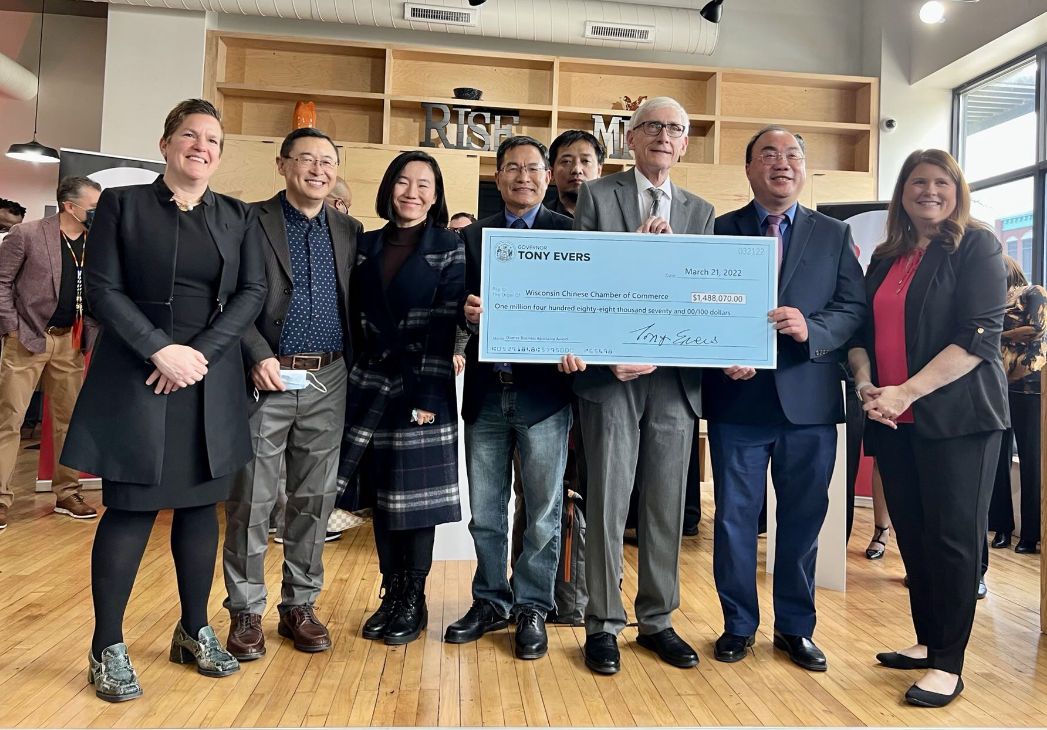Rural communities in Wisconsin often face unique economic challenges, requiring flexible state programs that take into account financial and other constraints that exist in less populated areas. In fiscal year 2019, WEDC modified its program guidelines to make funding more accessible to communities within rural counties.
What exactly is a “rural county”?
WEDC used the Wisconsin State Legislature’s definition of a “Designated Rural County” in revising its program guidelines. A Designated Rural County is one with a population density less than 155 residents per square mile, per the 2010 U.S. Census. Of Wisconsin’s 72 counties, 58 fit this definition.
What changes were made to WEDC’s programs to make them more accessible to rural counties?
- Business Development Loan Program – Reduced interest rate (1.5 percent or 150 basis points below Prime rate or 3 percent, whichever is lower. Non-rural rate is the Prime rate.
- Brownfields Grant Program – Reduced funding match from 70 percent (non-rural) to 50 percent (rural).
- Community Development Investment Grant Program – Applicants within designated rural counties may receive more than one grant per year, based on available funding. At least 50 percent of the funds will be awarded to cities/towns within Designated Rural Counties.
- Idle Sites Redevelopment Program – Project site may now reside on one or more contiguous institutional parcels that exceed five acres of long-term (over 25 years) institutional usage. This new use of funds directly relates to closed schools, which are more prevalent in rural areas of the state.
- Minority-Owned, Women-Owned, Veteran-Owned Business Development – $100,000 Kiva loan expansion for WEDC Connect Communities and Main Street Program participants, most of which are in rural counties.
Does WEDC offer assistance to rural communities affected by natural disasters, such as floods?
Yes. WEDC’s Disaster Recovery Microloan Program provides short-term assistance to businesses affected by disaster events in Wisconsin. The program provides grants to pre-approved regional entities with the capacity to deploy rapid-response microloans to businesses affected by disasters, either natural or manmade. The microloans will assist the business with the necessary restoration and operating expenses until more long-term recovery funding can be secured.
How do rural communities apply for WEDC financial assistance programs?
WEDC’s regional economic development directors stand ready to help rural communities throughout Wisconsin tap the economic development and community development resources available to maximize business, community and personal success within their regions.






